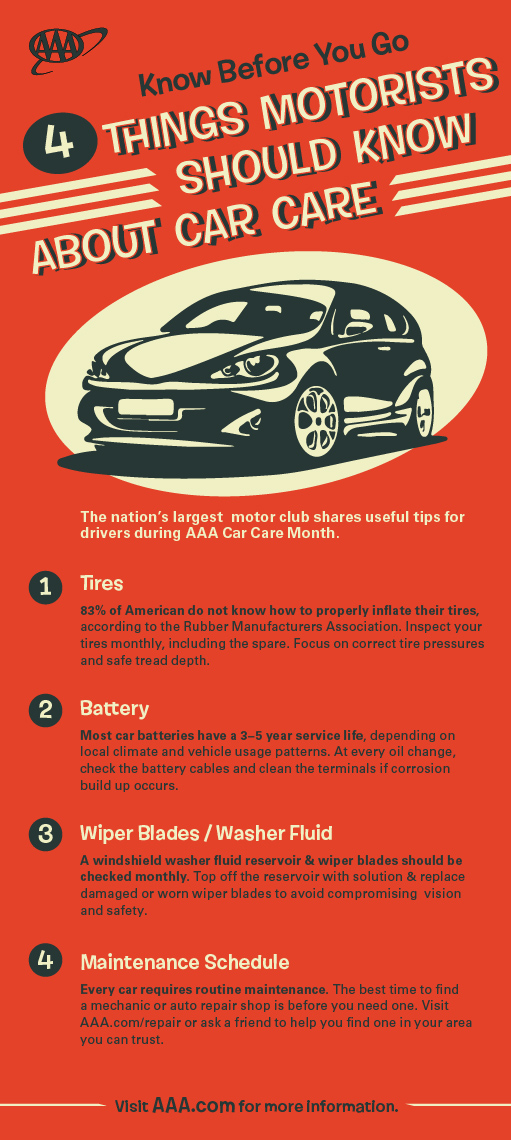Interested In Understanding The Caution Lights On Your Cars And Truck'S Control Panel? Discover Their Significance For Your Car'S Safety And General Problem
Interested In Understanding The Caution Lights On Your Cars And Truck'S Control Panel? Discover Their Significance For Your Car'S Safety And General Problem
Blog Article
https://www.ratchetandwrench.com/articles/12409-email-marketing-six-tips-for-better-results By-Boye Torres
When you're behind the wheel, those radiant warning lights on your control panel can be a little bit difficult. Do you understand what they're attempting to inform you about your automobile's health? Recognizing the relevance of these lights is important for your safety and the longevity of your automobile. So, the next time among those lights turns up, would not you intend to decode its message accurately and take the necessary actions to resolve it?
Common Warning Lights and Interpretations
Determine usual caution lights in your cars and truck and recognize their meanings to make certain risk-free driving.
The most common caution lights include the check engine light, which signifies problems with the engine or exhausts system. If https://thedivisionscheduledmaint18495.develop-blog.com/38823495/exactly-how-can-mobile-automobile-outlining-transform-your-car-treatment-experience-while-making-sure-high-quality-discover-the-essential-variables-to-take-into-consideration-prior-to-picking-a-detailer begins, it's essential to have your vehicle inspected promptly.
The oil pressure cautioning light shows reduced oil stress, needing instant interest to prevent engine damages.
A flashing battery light may recommend a damaged billing system, potentially leaving you stranded if not dealt with.
The tire pressure monitoring system (TPMS) light alerts you to low tire stress, affecting car security and fuel efficiency. Ignoring this can cause unsafe driving conditions.
The abdominal light shows a trouble with the anti-lock braking system, compromising your capability to stop quickly in emergencies.
Lastly, the coolant temperature level cautioning light warns of engine overheating, which can result in extreme damage if not resolved quickly.
Recognizing these common caution lights will aid you address issues quickly and preserve risk-free driving problems.
Significance of Prompt Attention
Recognizing the usual warning lights in your car is just the primary step; the significance of without delay addressing these cautions can't be stressed enough to guarantee your security when traveling.
When a caution light brightens on your dashboard, it's your car's method of communicating a potential concern that requires attention. Neglecting these cautions can cause a lot more severe problems later on, compromising your safety and security and potentially costing you more out of commission.
Trigger attention to warning lights can stop breakdowns and accidents. As an example, a flashing check engine light might indicate a misfire that, if left neglected, can cause damages to the catalytic converter. Resolving this immediately can conserve you from a costly repair service.
Similarly, a brake system alerting light could signal low brake fluid or used brake pads, essential components for your safety and security when driving.
DIY Troubleshooting Tips
If you notice a warning light on your dashboard, there are a couple of do it yourself fixing ideas you can attempt before seeking specialist help.
The initial step is to consult your cars and truck's handbook to understand what the certain warning light suggests. Occasionally the concern can be as easy as a loosened gas cap setting off the check engine light. Tightening the gas cap may resolve the problem.
Another usual issue is a reduced battery, which can cause numerous warning lights. Examining the battery links for deterioration and ensuring they're protected may deal with the trouble.
If a caution light continues, you can attempt resetting it by separating the cars and truck's battery for a few minutes and then reconnecting it. In addition, examining your vehicle's fluid levels, such as oil, coolant, and brake fluid, can help repair advising lights related to these systems.
Final thought
Finally, comprehending your vehicle's caution lights is vital for keeping your vehicle running efficiently and safely. By promptly addressing these informs and recognizing what they indicate, you can stay clear of costly repairs and potential break downs.
Remember to consult your automobile's manual for specific details on each warning light and take action accordingly to ensure a trouble-free driving experience.
Stay notified, remain risk-free when driving!
